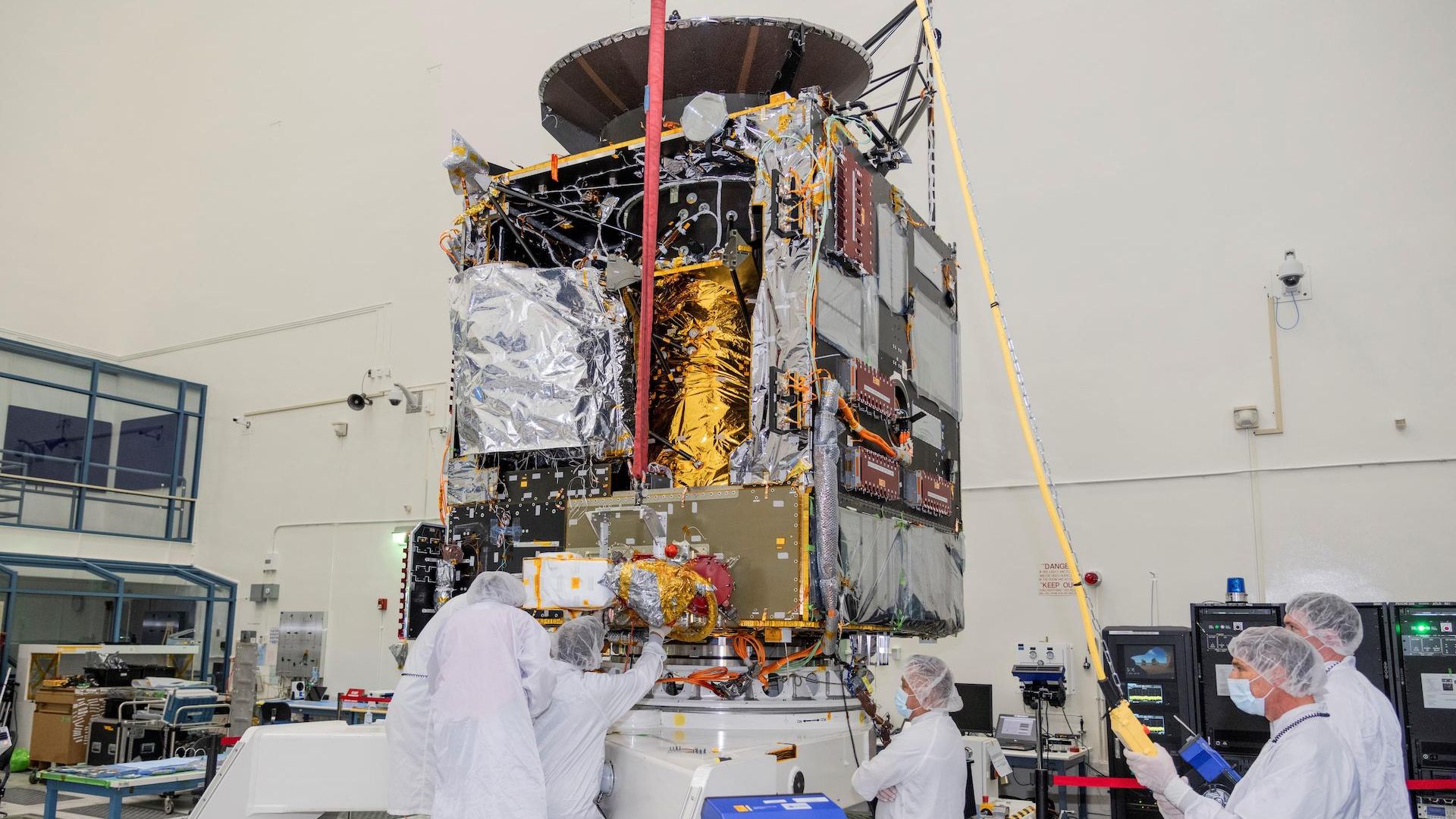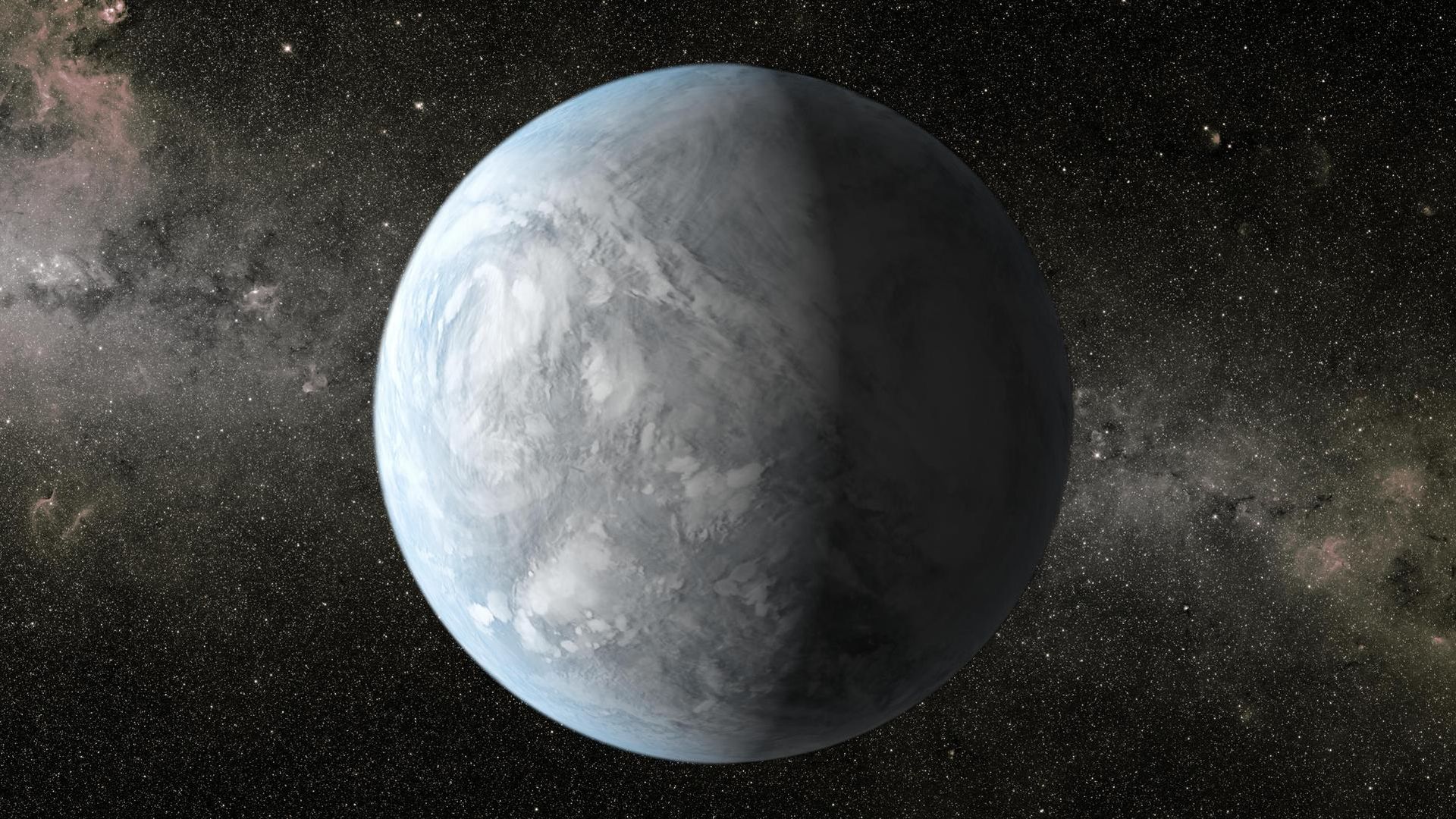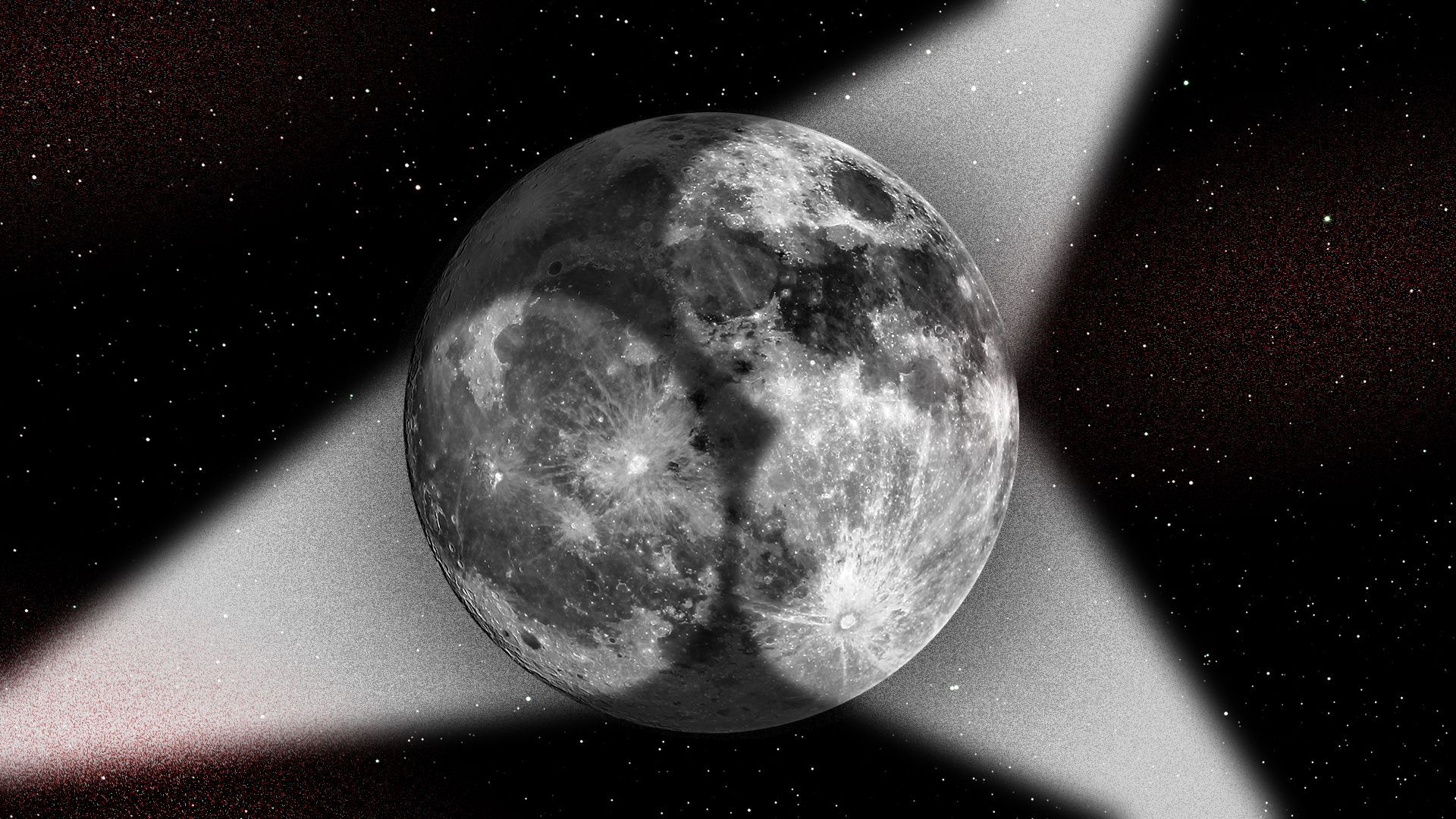| | | | | | | | | | | Axios Space | | By Miriam Kramer · Jun 28, 2022 | | Thanks for reading Axios Space. At 1,293 words, this newsletter is about a 5-minute read. - Please send your tips, questions and favorite planets to miriam.kramer@axios.com, or if you received this as an email, just hit reply.
| | | | | | 1 big thing: Mars rocks are the prize |  | | | Illustration: Annelise Capossela/Axios | | | | Rocks from Mars are a prize for the U.S. and China. Why it matters: Experts stress parallel missions by the two countries to return rock and dirt samples from the Red Planet aren't being driven solely by competition, but the nation that sends back samples first will get international bragging rights and a scientific edge. - Mars is a technically difficult target in the solar system, reserved for only the most advanced space-faring nations.
- Completing a sampling mission would be a scientific boon for the nation that achieves it. Returning Mars rocks to Earth, which has never been done before, could allow scientists to figure out if the planet once supported life and under what conditions it may have thrived.
What's happening: NASA and the European Space Agency are moving ahead with a joint mission to bring Martian samples now being collected by the Perseverance rover back to Earth by 2033. - That mission will make use of two landers expected to launch to Mars in 2028 and an orbiter to launch in 2027, all of which will be used to help collect samples and launch them back to waiting scientists on Earth.
- China recently revealed more details about its own effort to bring samples to Earth two years earlier, in 2031.
- The mission, called Tianwen-3, will build on the technology of the nation's Tianwen-1 spacecraft, which landed on Mars last year, and the Chang'e-5 mission, which delivered a sample from the Moon to Earth.
What they're saying: Samples collected by NASA with Perseverance aren't expected to arrive back on Earth for about a decade. - "That tells me that we're not really serious about giving this a very high priority," John Logsdon, founder of the Space Policy Institute at George Washington University, told Axios.
- "China is doing these things because it thinks there is important stuff to learn, material to obtain, knowledge to expand and — by the way — some bragging rights," says Dean Cheng, a space analyst focusing on China at the Heritage Foundation.
The big picture: NASA has a long history of sending successful rover and lander missions to Mars, but the science that can be done with even a small sample of Martian material brought back to Earth would make everything else pale in comparison. - "Having pristine Mars samples here available on Earth for many years to come, will allow scientists to pursue new questions, new avenues of investigation in response to new discoveries in a way that's not fully possible on a rover," said Katherine French, a researcher with the U.S. Geological Survey advising NASA on its Mars sample return mission.
- Bringing samples back to Earth would allow scientists to get an accurate measurement of how old the rocks are, pinpointing when Mars may have been habitable. Powerful tools in labs could also parse out whether organic material in the samples was created by life or another process.
- And like the Moon rocks brought back during Apollo, NASA may be able to save some of the Mars samples for years after their return to eventually analyze them with more advanced technologies.
|     | | | | | | 2. Psyche's psych-out |  | | | Psyche. Photo: NASA/JPL-Caltech | | | | NASA will not launch a spacecraft to explore a metal-rich asteroid this year as planned, and it's not yet clear when — or if — the mission will get off the ground. Why it matters: The Psyche mission is designed to study the asteroid Psyche — which is thought to potentially be a fragment of a dead planet's core — from close range. - Psyche could one day help scientists piece together a better understanding of how the Earth and other planets like it formed.
Driving the news: NASA announced last week that, because the delivery of the spacecraft's software was delayed among other issues, the spacecraft won't be able to make its planned launch window this year, which ends on Oct. 11. - "We just ran out of time on this one," Lindy Elkins-Tanton the principal investigator for Psyche, of Arizona State University, said during a press conference.
- Now, NASA is forming an independent review panel to figure out what comes next and what went wrong. The review could indicate a path forward for the mission to launch, or it's possible the panel could recommend NASA cancel the mission entirely.
- The Psyche mission's cost — including its ride on a Falcon Heavy rocket — is currently capped at $985 million, and $717 million has so far been spent, according to NASA.
Details: If Psyche had been able to make its launch window this year, it would have arrived at the asteroid in 2026. - If the issues are resolved in time and NASA presses ahead, the mission could launch in 2023 or 2024, putting the spacecraft at the asteroid in 2029 or 2030.
What to watch: The delay also means NASA's Janus mission — another asteroid exploration probe that was hitching a ride aboard the rocket launching Psyche — hangs in the balance. - It's not yet clear what the space agency will do about that mission, which will have to wait to learn its fate until after Psyche's is decided.
|     | | | | | | 3. Searching for habitability |  | | | Artist's illustration of a super-Earth planet. Image: NASA/Ames/JPL-Caltech | | | | Liquid water — and potentially habitable conditions — could exist on the surfaces of planets far different from our own, according to a new study. Why it matters: The new models, if verified with future research, open up the possibility that many different kinds of worlds could be habitable. What they found: The study, published in the journal Nature Astronomy, used modeling to find that super-Earths — rocky worlds that are larger than our own — could support thick atmospheres that would allow water to persist on their surfaces even if they're far from their star. - The idea is these planets would have formed with a primordial atmosphere — which Earth also had early in its history but eventually lost — that would keep the world temperate for about 8 billion years, depending on the thickness of the atmosphere.
- "What we found is that in many cases, primordial atmospheres were lost due to intense radiation from stars, especially on planets that are close to their star. But in the cases where the atmospheres remain, the right conditions for liquid water can occur," Marit Mol Lous, an author of the study said in a statement.
- "[W]here sufficient geothermal heat reaches the surface, radiation from a star like the Sun is not even necessary so that conditions prevail at the surface that allow the existence of liquid water."
The big picture: Scientists are particularly interested in finding planets like Earth in orbit around Sun-like stars, but they aren't easy to find. - Current technology isn't able to pick out exact "Earth twins" yet, so this kind of study broadens the scope of what a habitable planet might look like and what next-generation telescopes could focus on.
|     | | | | | | A message from Axios | | Recruit top talent with Axios | | |  | | | | Axios has job boards to recruit remote and local talent in the fastest growing cities in America. Reach smart professionals that visit Axios daily to make decisions about where to work, what to do and where to live. Post your job opening on Axios. | | | | | | 4. Out of this world reading list |  | | | Illustration: Annelise Capossela/Axios | | | | New double crater seen on the moon after mystery rocket impact (Ashley Strickland and Katie Hunt, CNN) A tiny NASA spacecraft launches to test out a new orbit around the Moon (Loren Grush, The Verge) Disrupted by SpaceX, ULA was in "serious trouble." Now it's on the road back. (Christian Davenport, Washington Post) James Webb Space Telescope team clears 1st instrument for science observations (Elizabeth Howell, Space.com) |     | | | | | | 5. Weekly dose of awe: Hello, Mercury |  | | | Photo: ESA/BepiColombo/MTM | | | | Mercury's cratered surface stars in new photos taken by the BepiColombo spacecraft that's currently en route to a rendezvous with the planet. - These images were taken as the spacecraft made a close flyby at about 500 miles from the world's surface.
- "I punched the air when the first images came down, and I only got more and more excited after that," Jack Wright of the European Space Agency, which operates the spacecraft, said in a statement.
- This flyby is part of BepiColombo's journey into orbit around Mercury. Its main science mission is expected to begin in 2026.
|     | | | | | | A message from Axios | | Recruit top talent with Axios | | |  | | | | Axios has job boards to recruit remote and local talent in the fastest growing cities in America. Reach smart professionals that visit Axios daily to make decisions about where to work, what to do and where to live. Post your job opening on Axios. | | | | Big thanks to Alison Snyder, Laurin-Whitney Gottbrath and Sheryl Miller for editing this week's edition. If this newsletter was forwarded to you, subscribe. 🪐 |  | It's called Smart Brevity®. Over 300 orgs use it — in a tool called Axios HQ — to drive productivity with clearer workplace communications. | | | | | | Axios thanks our partners for supporting our newsletters. If you're interested in advertising, learn more here.
Sponsorship has no influence on editorial content. Axios, 3100 Clarendon Blvd, Suite 1300, Arlington VA 22201 | | | You received this email because you signed up for newsletters from Axios.
Change your preferences or unsubscribe here. | | | Was this email forwarded to you?
Sign up now to get Axios in your inbox. | | | | Follow Axios on social media:    | | | | | |
No comments